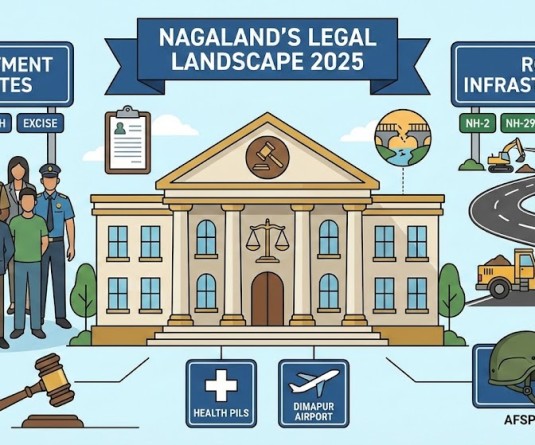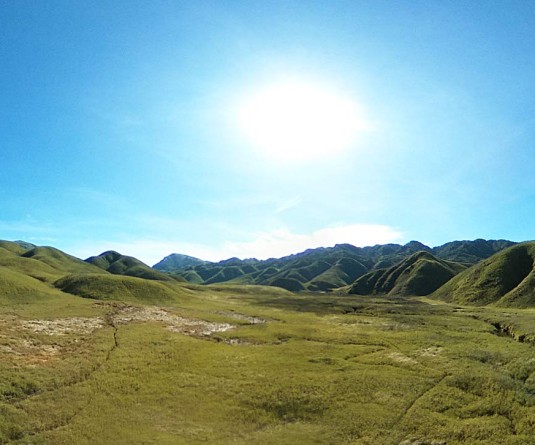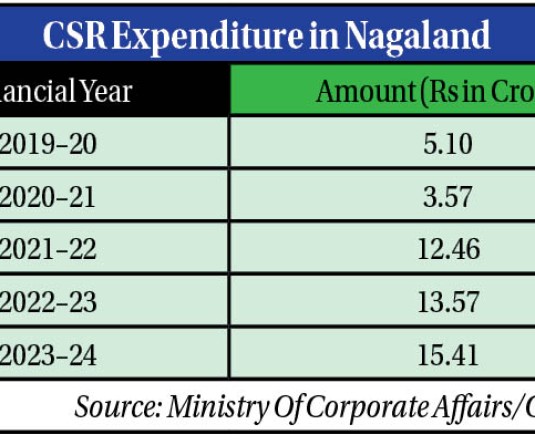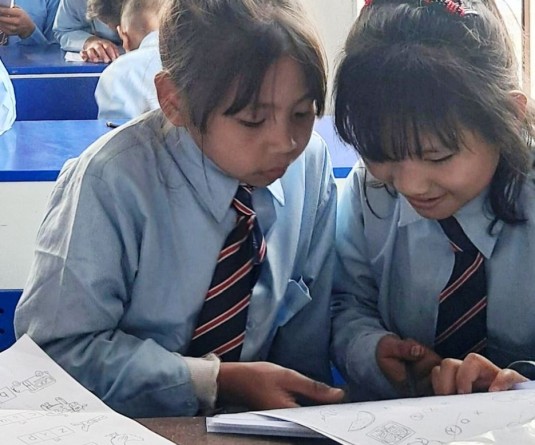Source: Unified District Information System for Education Plus (UDISE+) Data, Union Ministry of Education

• Inclusivity needs major ramp-up
• Below national average in key parameters
Moa Jamir
Dimapur | September 8
Analysis of the latest UDISE+ 2024–25 data of Nagaland compared with the previous year reflects steady year-on-year gains in school infrastructure across parameters.
However, these gains are overshadowed by glaring gaps in inclusivity, while comparisons with national averages further highlight significant shortfalls in key areas.
As per the Unified District Information System for Education Plus (UDISE+) for 2024–25, released recently by the Union Ministry of Education, the overall number of schools in the State increased from 2,725 in 2023–24 to 2,750 in 2024–25. Across parameters, improvements were visible. Access to libraries or reading corners rose from 77.6% to 79.5% of schools, while playground facilities improved from 78.2% to 80.3%.
Kitchen gardens, promoted for nutritional support, saw one of the most notable increases, from 44.6% to 51.3%. Basic utilities also reflected clear gains. Drinking water availability rose from 71.5% to 90.1%, with functional sources improving from 66.5% to 88.3%. Electricity coverage expanded from 81% to 85.4%, and functional electricity increased from 73.2% to 78.2%.
Toilets for girls are now available in 91.4% of schools and for boys in 92.6%, with functionality rates crossing 80% in both cases. Digital infrastructure saw similar progress. Schools with computer facilities increased from 84.3% to 90.8%, with functional use for teaching purposes rising from 72.4% to 78.6%. Internet availability improved modestly, from 56.3% to 59%. Solar panel installations, though limited, increased slightly from 14.3% to 15.2%.
The State had higher than the national average for schools with kitchen gardens, solar panels, rainwater harvesting and computer facilities.
Hygiene and basic amenities trails
Despite these gains, Nagaland continues to trail national averages on several fronts. While its computer and solar coverage surpass the all-India averages of 64.7% and 10.9%, respectively, it lags in critical inclusivity and hygiene indicators.
For instance, only 9.9% of schools in Nagaland reported having toilets for children with special needs, compared to the national figure of 35.6%. Similarly, just 19% of schools have ramps with handrails, well below the national average of 54.9%. Hand wash facilities, though improving to 69.8%, remain far behind the national 95.9%. Conducting medical check-ups for students was reported in 44.9% of schools in Nagaland, compared to 75.5% across India. The State also trails in drinking water and toilet functionality: 88.3% of schools in Nagaland have functional drinking water, against 99.7% nationally, while functional girls’ toilets stand at 80.6% compared to 93.3%.
The UDISE+ 2024–25 report thus presents a dual picture. On one hand, Nagaland is modernising quickly in areas like computer access, solar panels, and kitchen gardens, outpacing national averages. On the other, foundational concerns such as universal access to water, sanitation, hygiene, and inclusivity for differently-abled children remain areas of concern.






